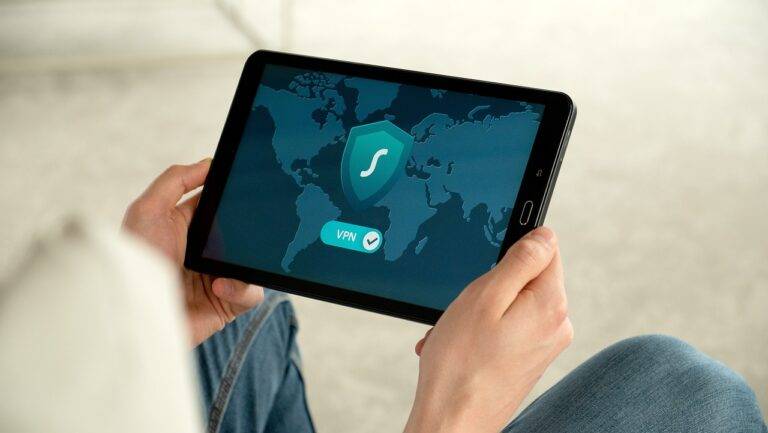The Future of Workspaces: Flexible Office Designs and Remote Work Solutions
As technology continues to advance, the way we work is evolving alongside it. The digital age has brought about a transformation in workspaces, making flexibility and adaptability key factors in designing modern offices. Traditional cubicles and fixed desks are becoming a thing of the past, replaced by open layouts and collaborative spaces that foster creativity and innovation.
With the rise of remote work and telecommuting, physical office spaces are no longer the sole hub for productivity. Employees now have the freedom to work from anywhere, whether it be a coffee shop, a co-working space, or the comfort of their own homes. This shift has forced companies to rethink their office design strategies, focusing on creating spaces that cater to a mobile and dynamic workforce.
The Rise of Remote Work
Remote work has gained substantial momentum in recent years, transforming the traditional work landscape. With advancements in technology and changing attitudes towards work-life balance, more companies are embracing the concept of allowing employees to work remotely. This shift towards remote work has been largely fueled by the desire to attract and retain top talent, improve productivity, and reduce overhead costs associated with maintaining physical office spaces.
One of the key drivers behind the rise of remote work is the flexibility it offers to employees. By providing the freedom to work from anywhere, individuals are able to better balance their personal and professional commitments. This flexibility has not only led to increased job satisfaction and morale among employees but has also been linked to higher levels of productivity and engagement. As the trend towards remote work continues to grow, it is crucial for companies to adapt their policies and practices to support this new way of working.
Benefits of Flexible Office Designs
Flexible office designs offer a versatile environment that caters to the diverse needs of modern employees. By providing a variety of work settings, such as open collaboration areas, private focus zones, and comfortable lounge spaces, flexible office designs empower individuals to choose where and how they work most effectively. This adaptability fosters creativity, productivity, and a sense of autonomy among employees, ultimately leading to a more motivated and engaged workforce.
Moreover, flexible office designs promote collaboration and communication among team members. The layout of these spaces encourages spontaneous interactions and idea-sharing, breaking down traditional hierarchies and silos within organizations. This free flow of information enhances innovation and problem-solving capabilities, as employees from different departments can easily connect and collaborate to tackle challenges and drive business growth.
How can flexible office designs benefit employees in the digital age?
Flexible office designs can benefit employees by providing a variety of workspaces that cater to different work styles and preferences, promoting collaboration and creativity.
What is the importance of accommodating remote work in office designs?
Accommodating remote work in office designs allows employees to have the flexibility to work from anywhere, promoting work-life balance and increasing productivity.
How can flexible office designs contribute to employee satisfaction and retention?
Flexible office designs can contribute to employee satisfaction and retention by creating a more comfortable and engaging work environment that meets the diverse needs of employees.
In what ways can flexible office designs improve communication and collaboration among team members?
Flexible office designs can improve communication and collaboration among team members by providing open and shared spaces that facilitate spontaneous interactions and idea sharing.
How can companies implement flexible office designs effectively?
Companies can implement flexible office designs effectively by involving employees in the design process, providing training on how to use the different workspaces, and regularly seeking feedback to make adjustments as needed.







